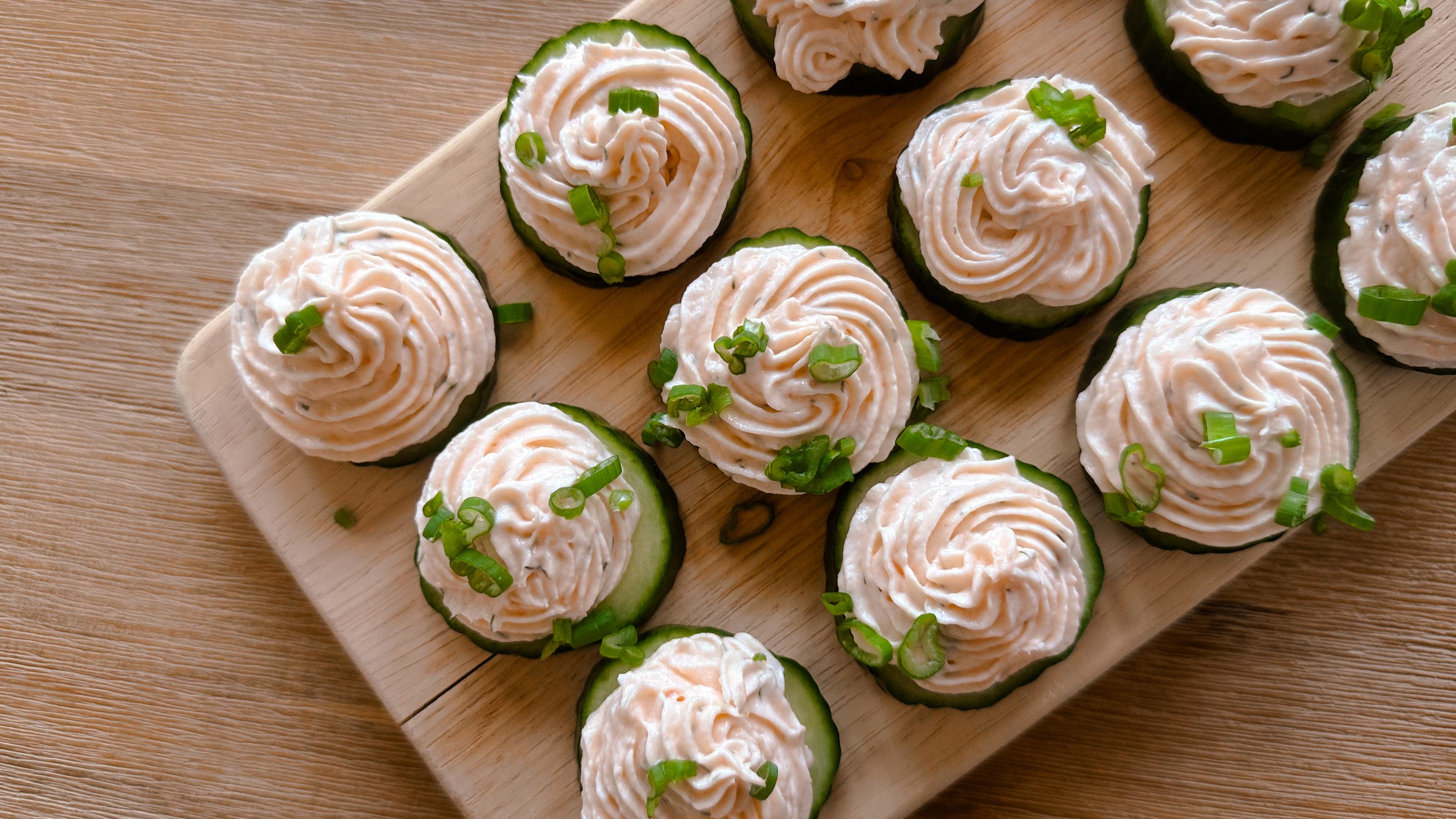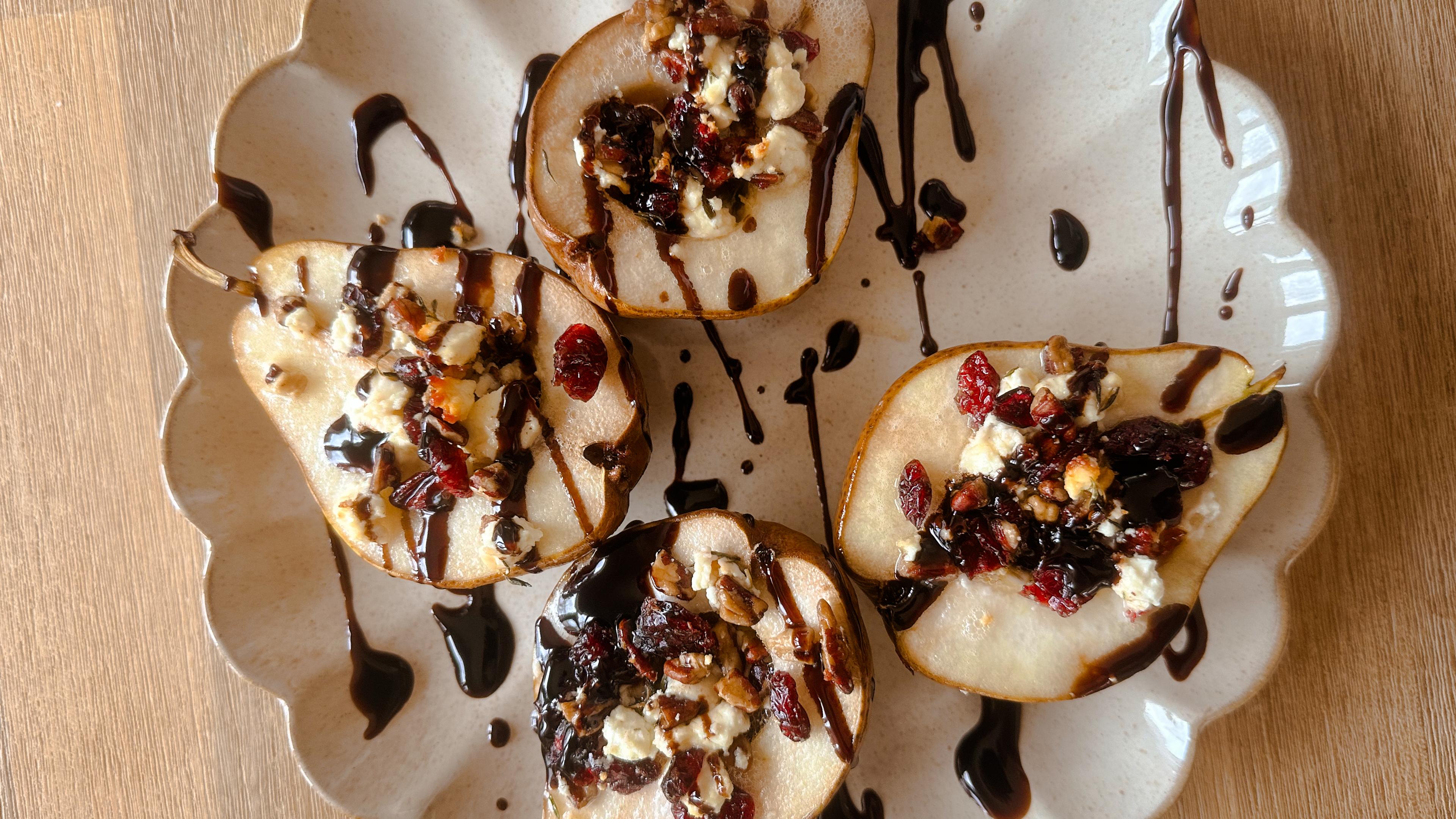Processed Foods That Are Better Than You Think
Shandra Martinez
| 3 min read

When it comes to healthy foods, we all know that piles of nitrate-filled bacon, cheese-powdered snack crackers and boxes of store-bought cookies would not win any awards from nutritionists. But are all processed foods considered unhealthy? Not really. In fact, there are different levels of processing, and so there are different categories when we talk about these foods. It turns out, some processed foods are better for you than you might think. Let’s break that down.
What are processed foods? There’s actually a pretty strict definition of what is considered a processed food and it is set by the U.S. Department of Agriculture. It covers any raw agricultural product that has been cleaned, washed, heated, milled, chopped, cooked, frozen, dehydrated, pasteurized or packaged, among other things, according to the Mayo Clinic. So a raw apple that’s been peeled, chopped up and simmered with a little water to make homemade applesauce is technically a processed food. Ditto for a cup of whole oats cooked to make a bowl of oatmeal, or a handful of raw almonds roasted with a little oil and salt.
Minimally processed foods are best. Foods that are close to their natural state are considered minimally processed – and they are the healthiest processed foods that you can eat. These include things like vegetables and fruits that are washed and sliced for convenient eating. It also includes foods that are frozen or canned at the peak of freshness, like canned fruits, canned tomatoes or frozen fruits or vegetables.
These minimally processed foods tend to be powerhouses of vitamins, minerals and protein. They are pre-packaged, canned or frozen largely for convenience or to make them last longer. Examples of minimally processed foods include:
- Canned beans
- Low-fat milk
- Whole-grain bread
- Frozen or canned fish
- Rotisserie chicken
- Hummus
- Nuts or natural nut butters
- Packaged salads or cut greens
Heavily processed foods
Unhealthy items start creeping in the deeper you go down the processed food ladder. The big culprits of ultra-processed foods are all the extra salt, fat, preservatives and additives mixed into them to either make them taste better or make them capable of staying on grocery store shelves longer. According to the American Heart Association, more than 70% of the sodium in many people’s oversalted diets come from packaged, highly processed and restaurant foods.
Researchers have divided processed foods into four groups to separate them based on how processed they are. According to Healthline, these are:
- Group 1: Unprocessed or minimally processed foods like fruits, nuts, grains, beans and vegetables that have been cooked or pasteurized.
- Group 2: Processed ingredients like salt and olive oil. These items are largely used to cook foods in Group 1.
- Group 3: Processed foods made by adding sugar, salt or other substances. This could include cheese and bread.
- Group 4: Ultra-processed foods. These include convenience foods and items that are high in sugar, fat, salt, preservatives and refined grains.
Reading labels before you buy food can help you identify which items are more processed.
Heavily processed foods to eat sparingly include things like:
- Foods with a lot of added sweeteners, oils or preservatives
- Bottled salad dressings
- Cake mixes
- Ready-to-eat snack foods like crackers and flavored chips
- Lunch meats, hot dogs and bacon
- Frozen pizza
- Microwavable dinners
- Pre-made, frozen dinners
Related:
Photo credit: Getty Images





